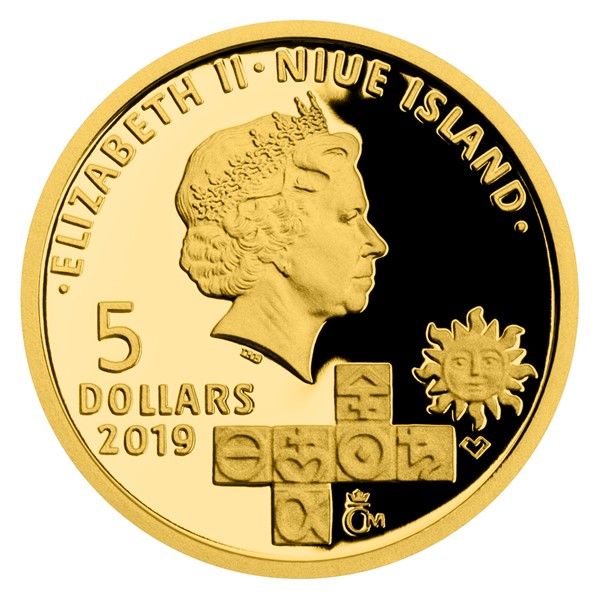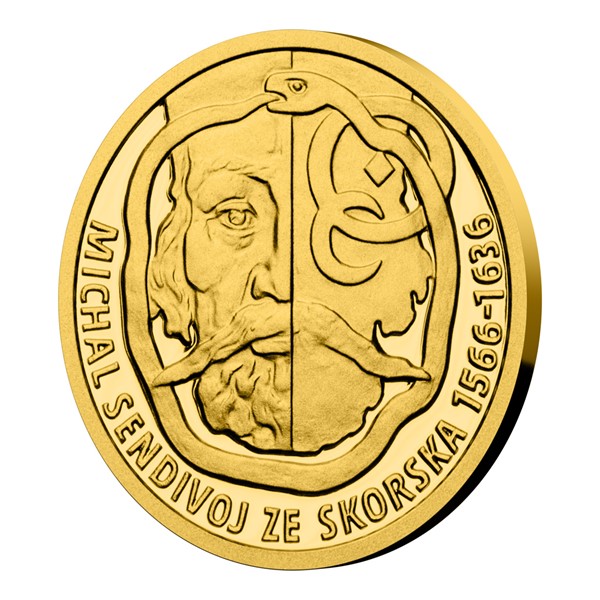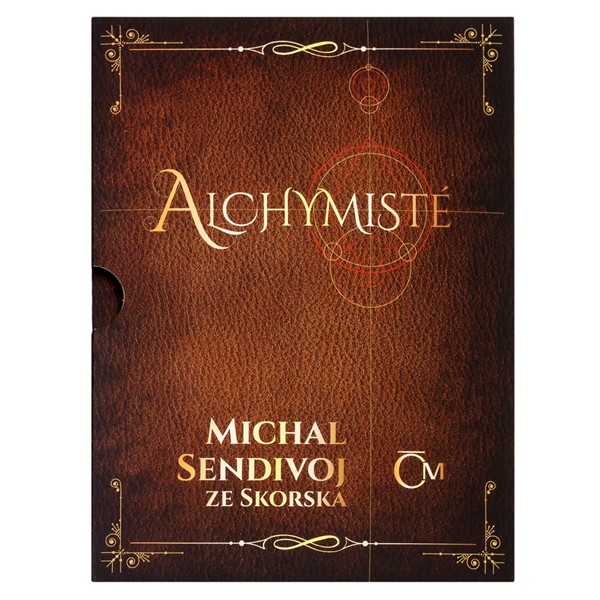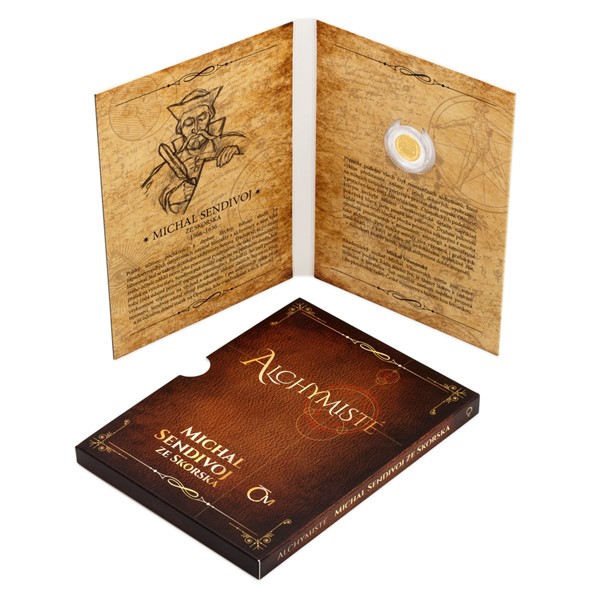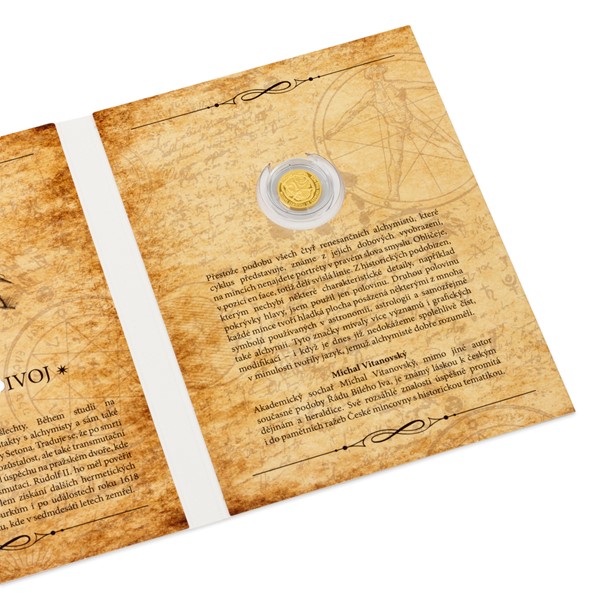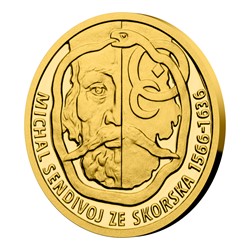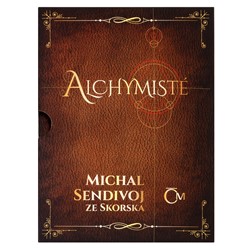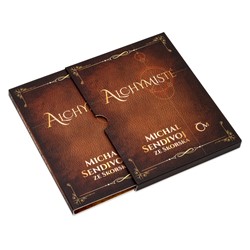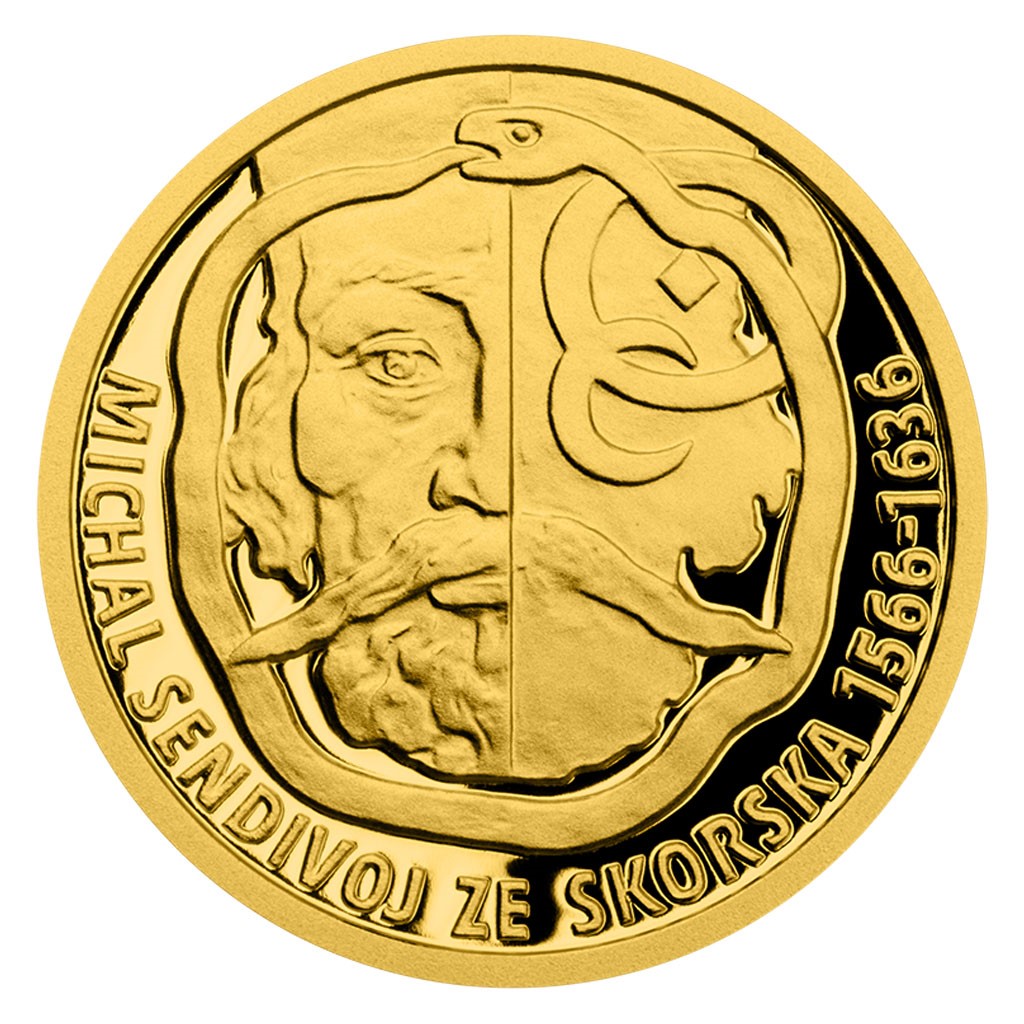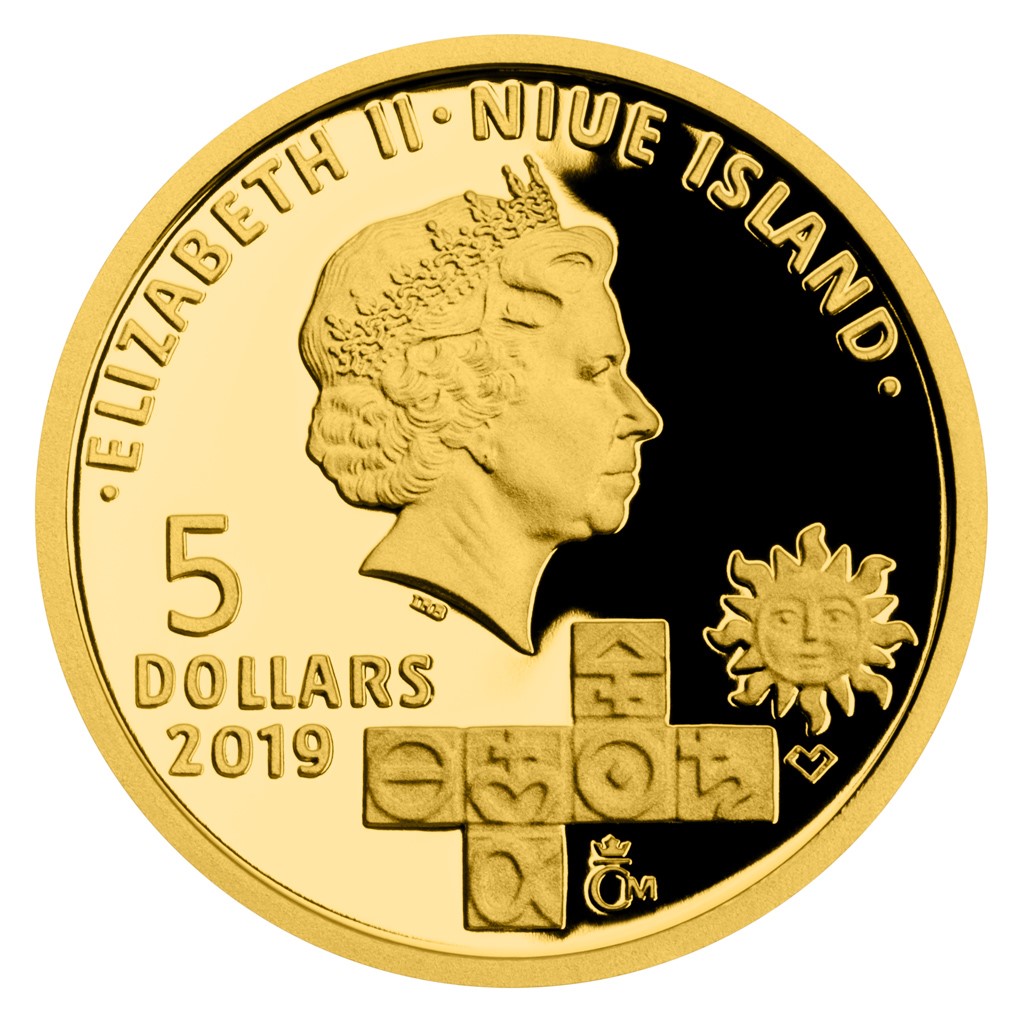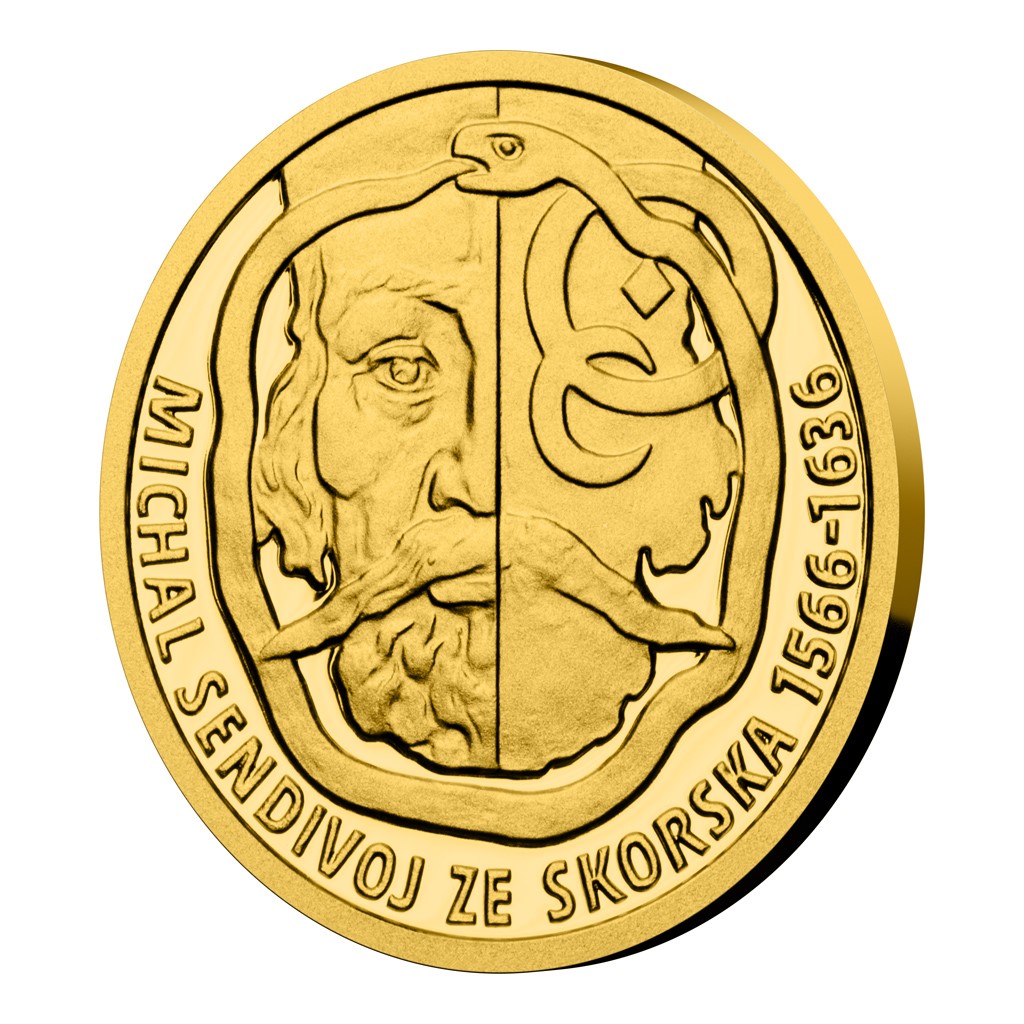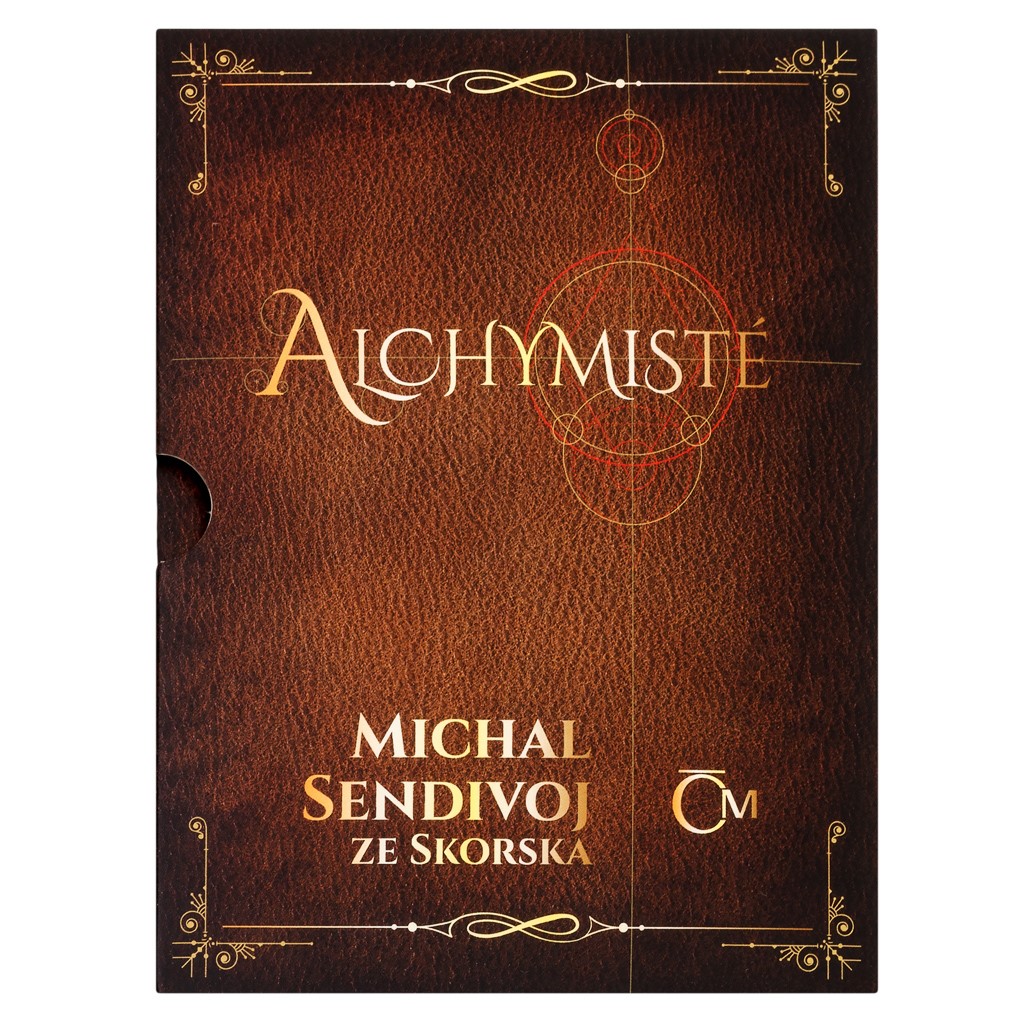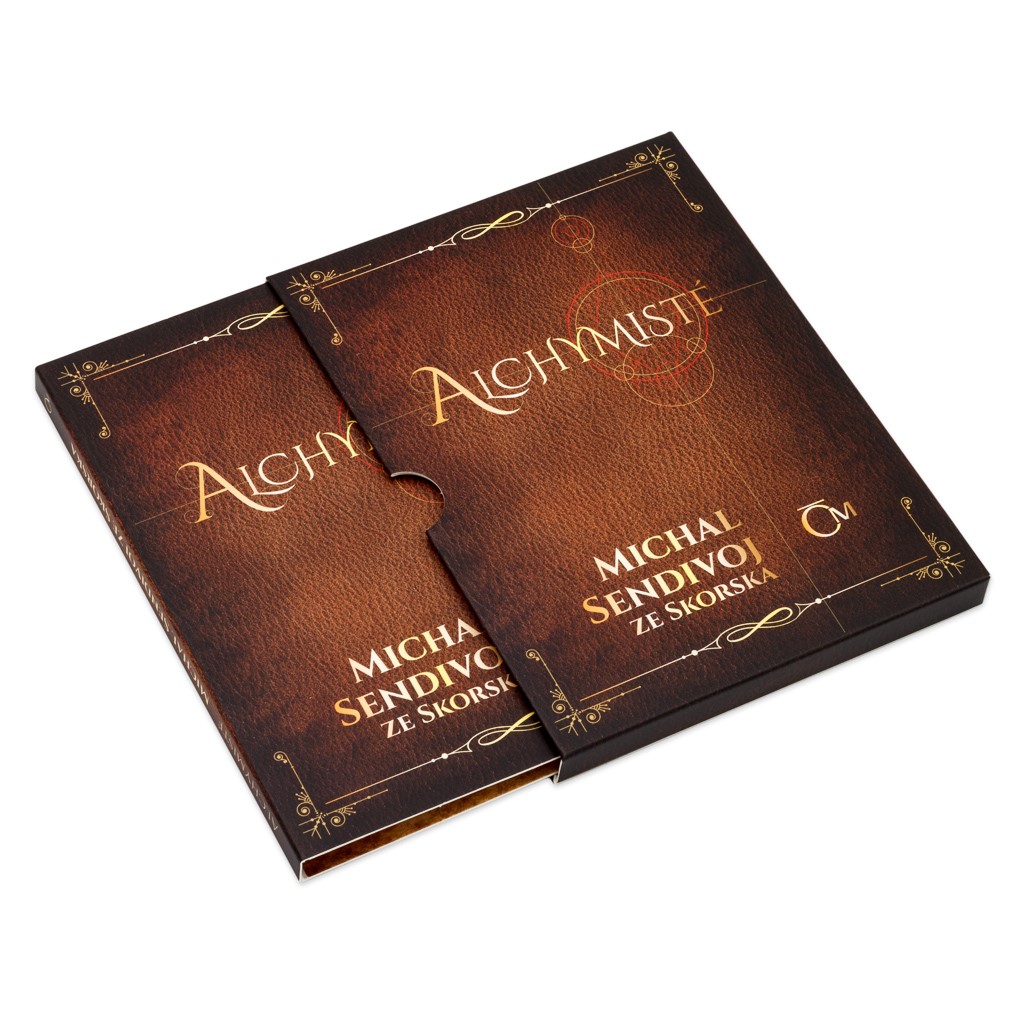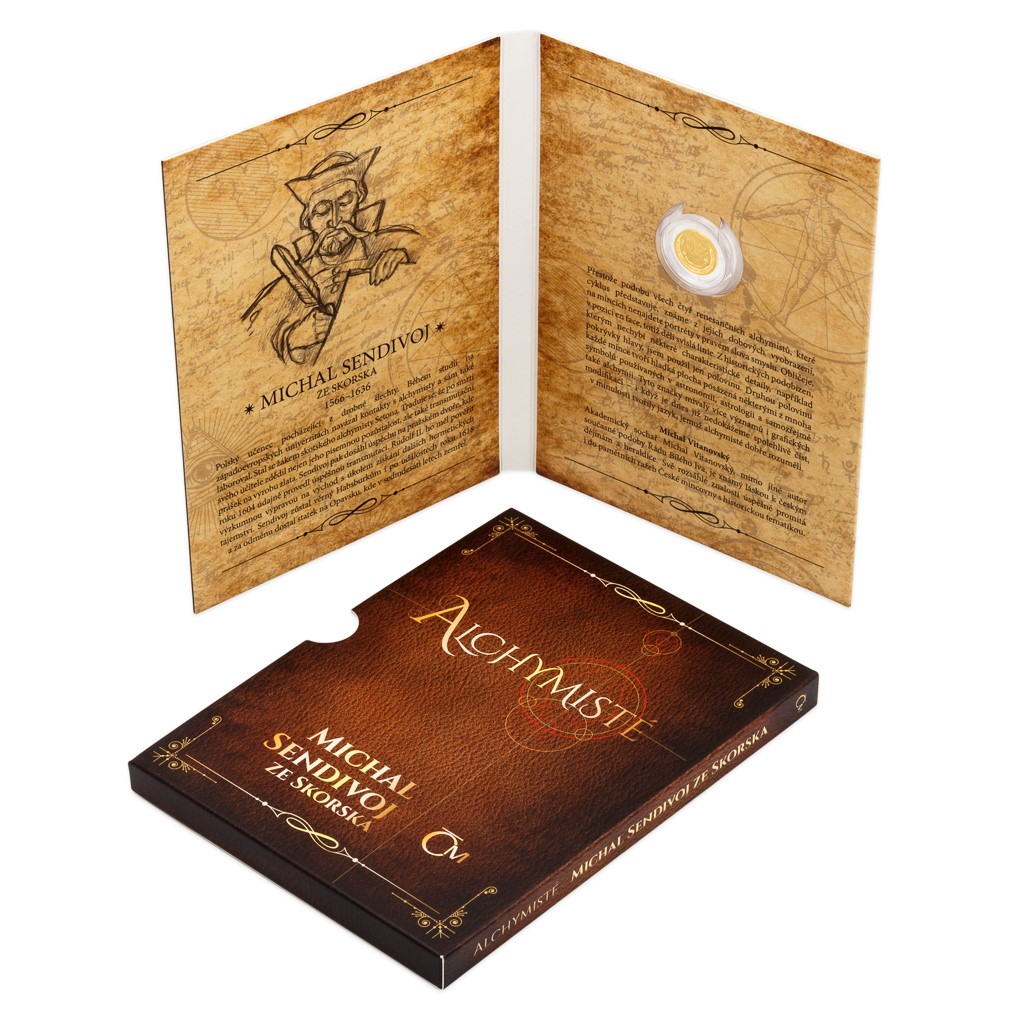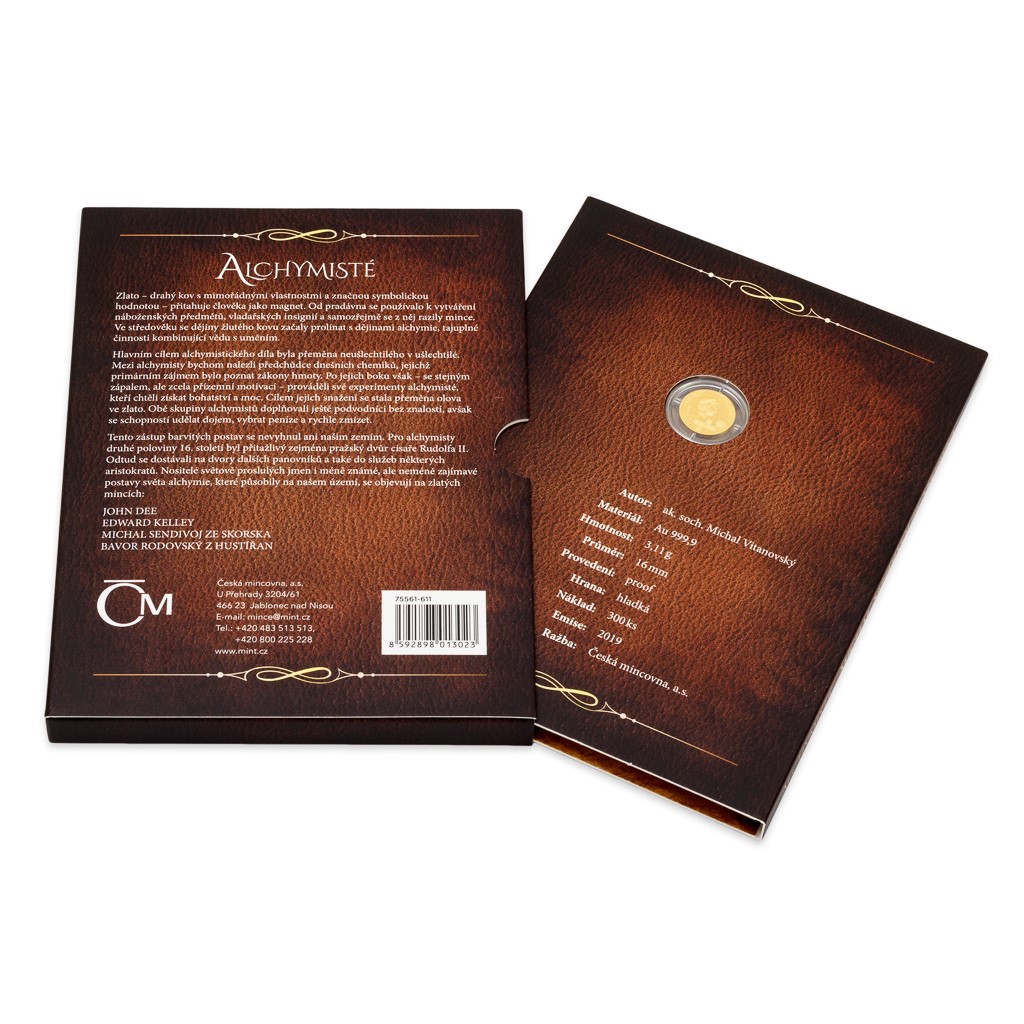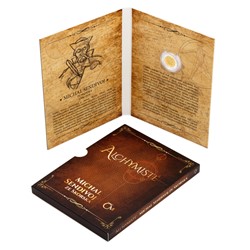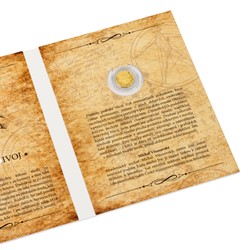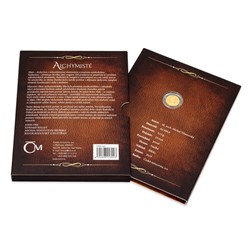Gold coin Alchemists - Michael Sendivogius proof
Personal pickup at the store
Alchemists
Prague court of Emperor Rudolf II. attracted scholars from all over Europe. The Czech Mint presents Michal Sendivoj from Scotland on the third gold coin from the Alchemists cycle.
Renaissance alchemists had a number of goals - to create artificial life, to mix the elixir of youth or to turn lead into gold. Is it possible that one of them succeeded? Michal Sendivoj from Scotland was a Polish scholar from a lower class aristocracy. He met various alchemists during his studies at Western European universities and he became laboratory technician. He also became a disciple of the Scottish alchemist Seton, who gained not only his written inheritance, but also the transmutation powder for gold production after his teacher's death. Sendivoj then succeeded at the imperial court in Prague, where he carried out a successful transmutation in 1604. Rudolf II. sent him to a research expedition to the east where he was to acquire other ancient hermetic secrets. Sendivoj remained loyal to the Habsburgs even after the events of 1618, when the Czech Estates revolted against the Habsburg government. He got a farm in Opava, where he died at the age of seventy. However, his legacy did not cease - Sendivoj's alchemical works were later studied by Isaac Newton.
“Although we know all four Renaissance alchemists represented by the cycle from their period depictions, the coins do not contain real portraits. The faces in en face position are divided by a vertical line. I used only half of the historical portraits, which do not lack some characteristic details, such as headgear. The other half of each coin has a smooth surface with some of the many symbols used in astronomy, astrology and alchemy. These symbols used to have more meanings and graphic modifications and they were a language that the alchemists understood well in the past, even though we are no longer able to read them reliably,” academic sculptor Michal Vitanovský explains. The obverse side of the coin bears a number of alchemical symbols that are dominated by the sun, together with the profile and the name of the ruler Elizabeth II, the nominal value of 5 DOLLARS (NZD) and the year of the issue 2019, which means necessary elements of Niue Island, which provides the Czech Mint with a license to coin its own commemorative coins.
The coin was stored in an attractive packaging in the style of an alchemical notebook. It contains the accompanying text of the author of the coin, together with an original drawing depicting Michal Sendivoj from Scotland.
 čeština
čeština
 slovenčina
slovenčina
 english
english

